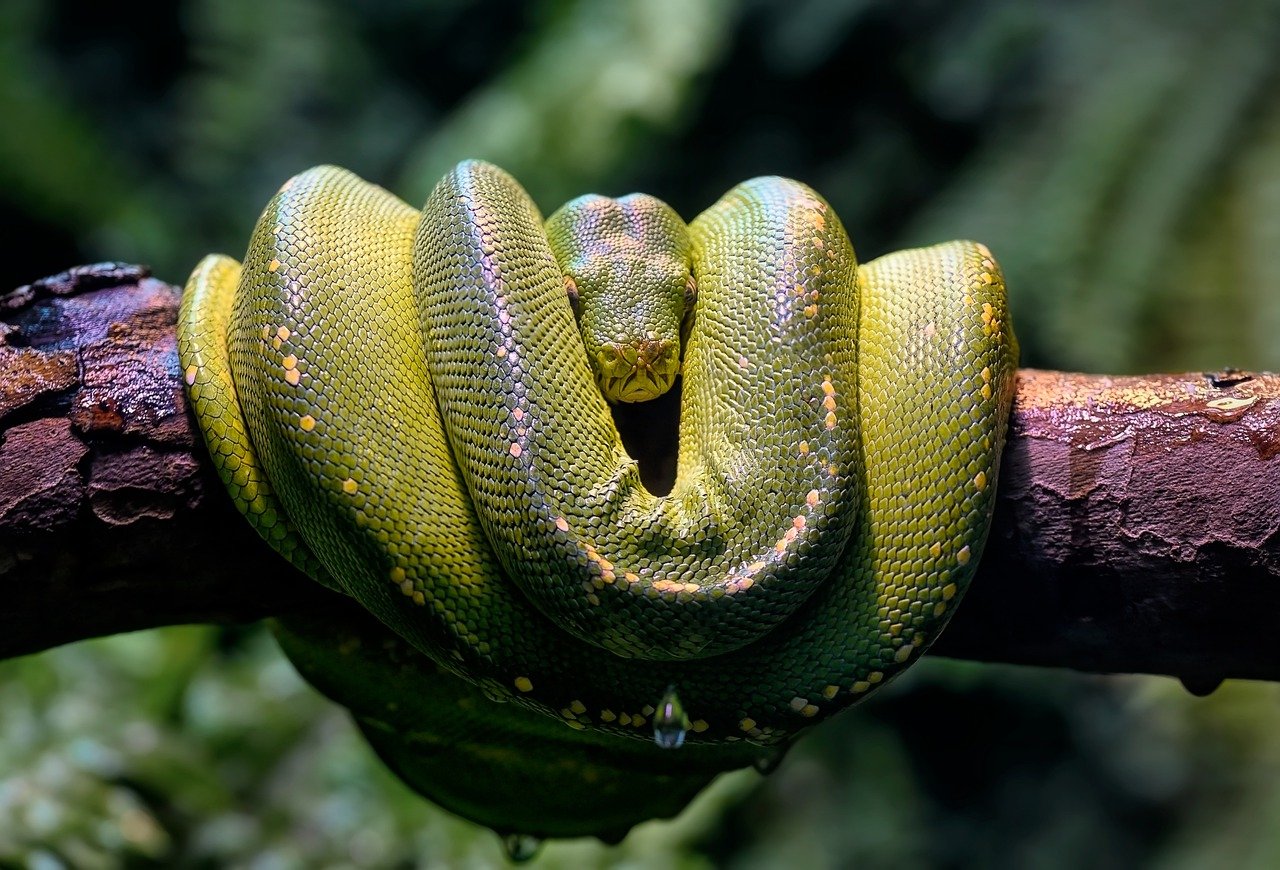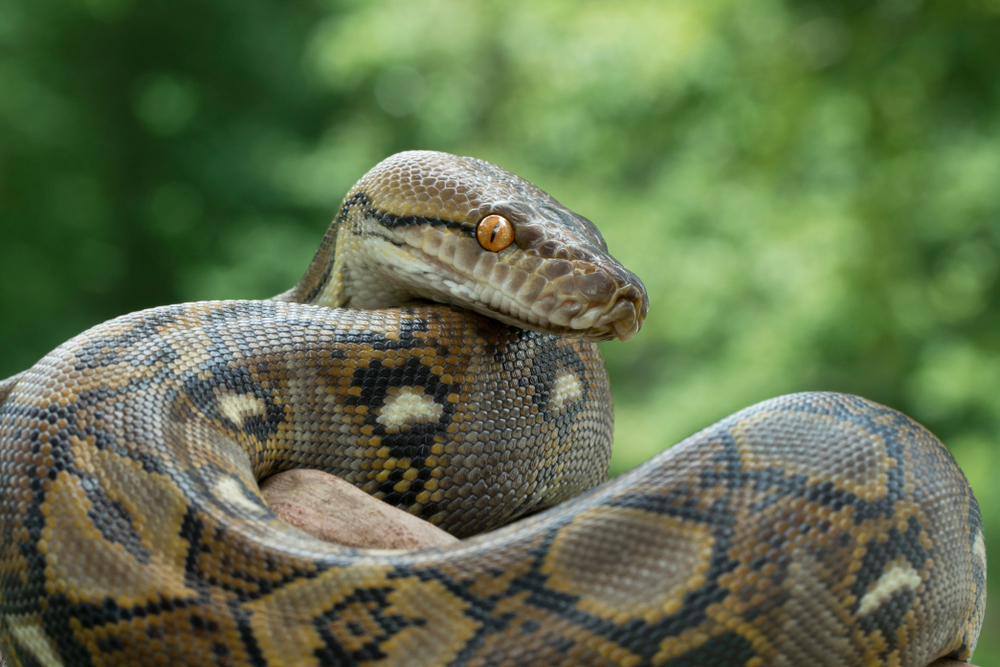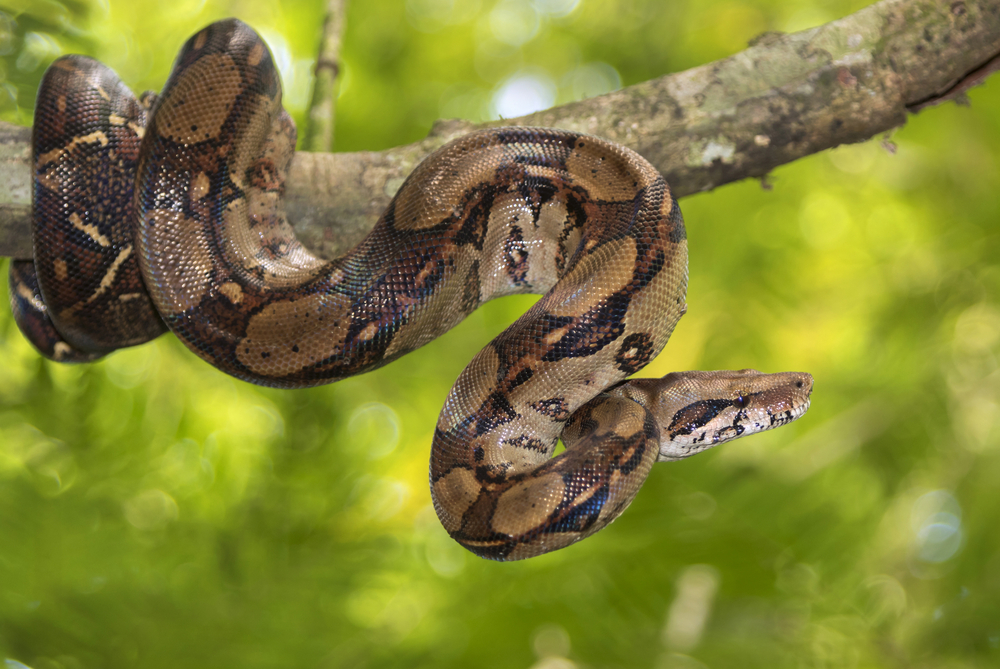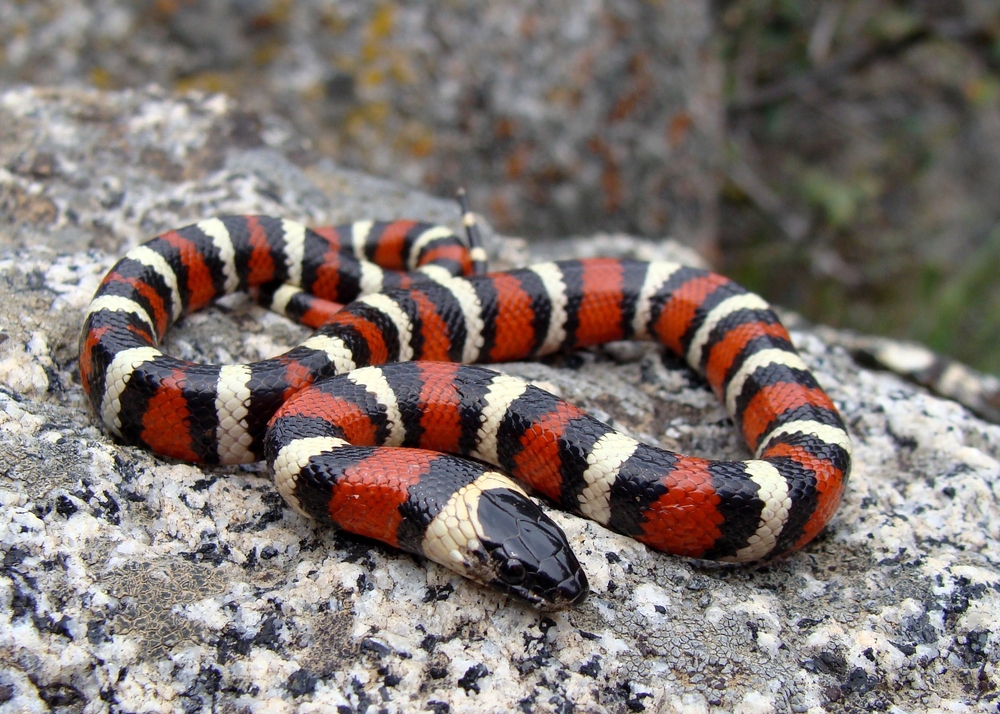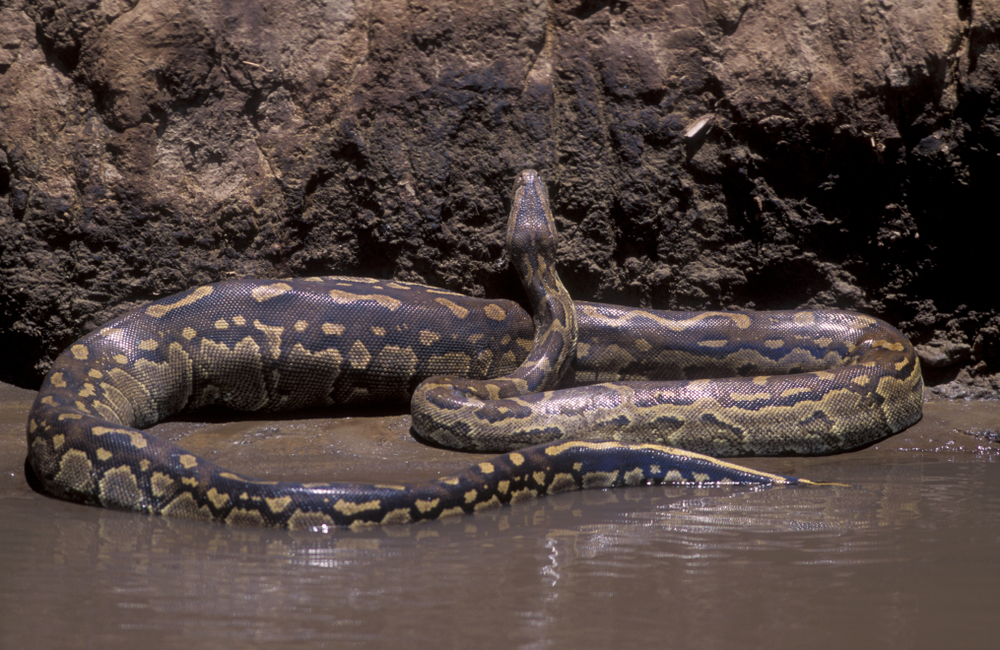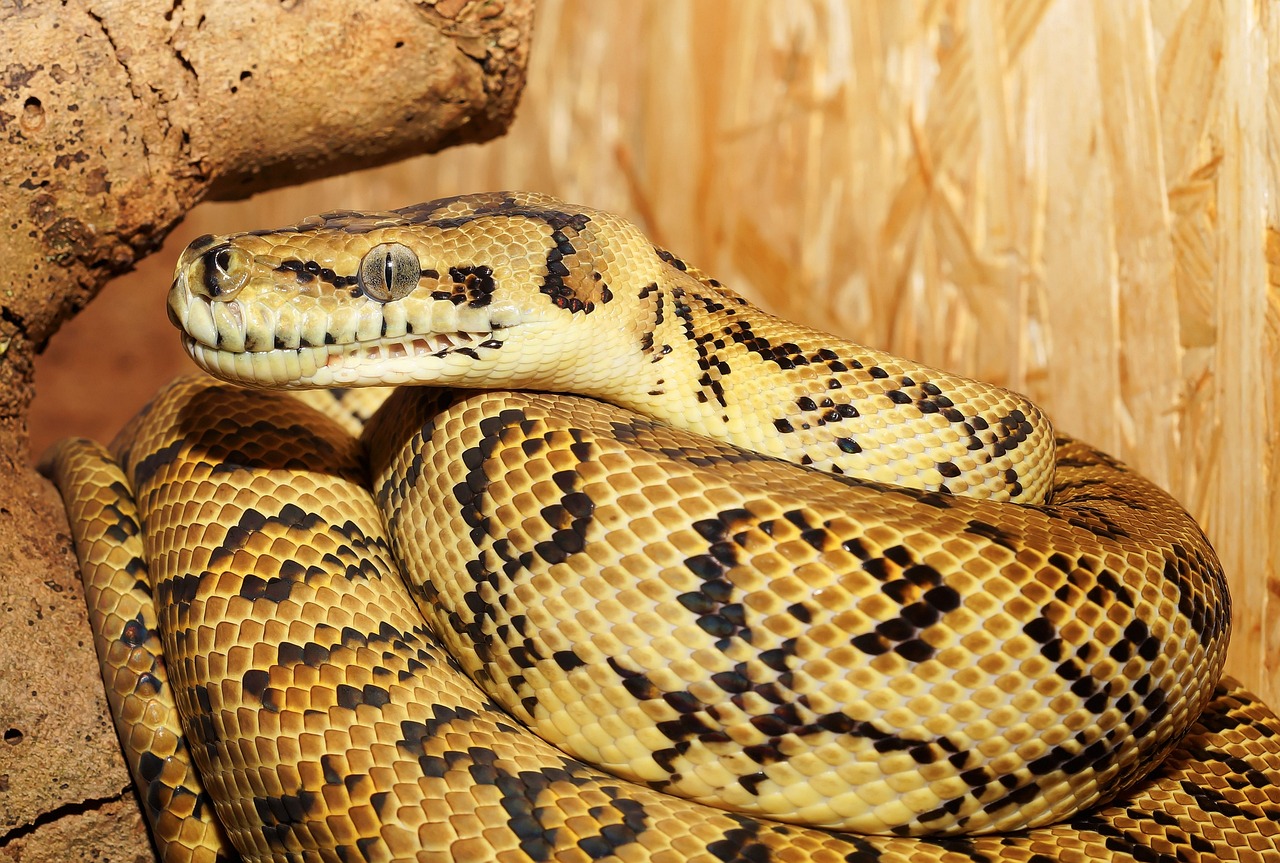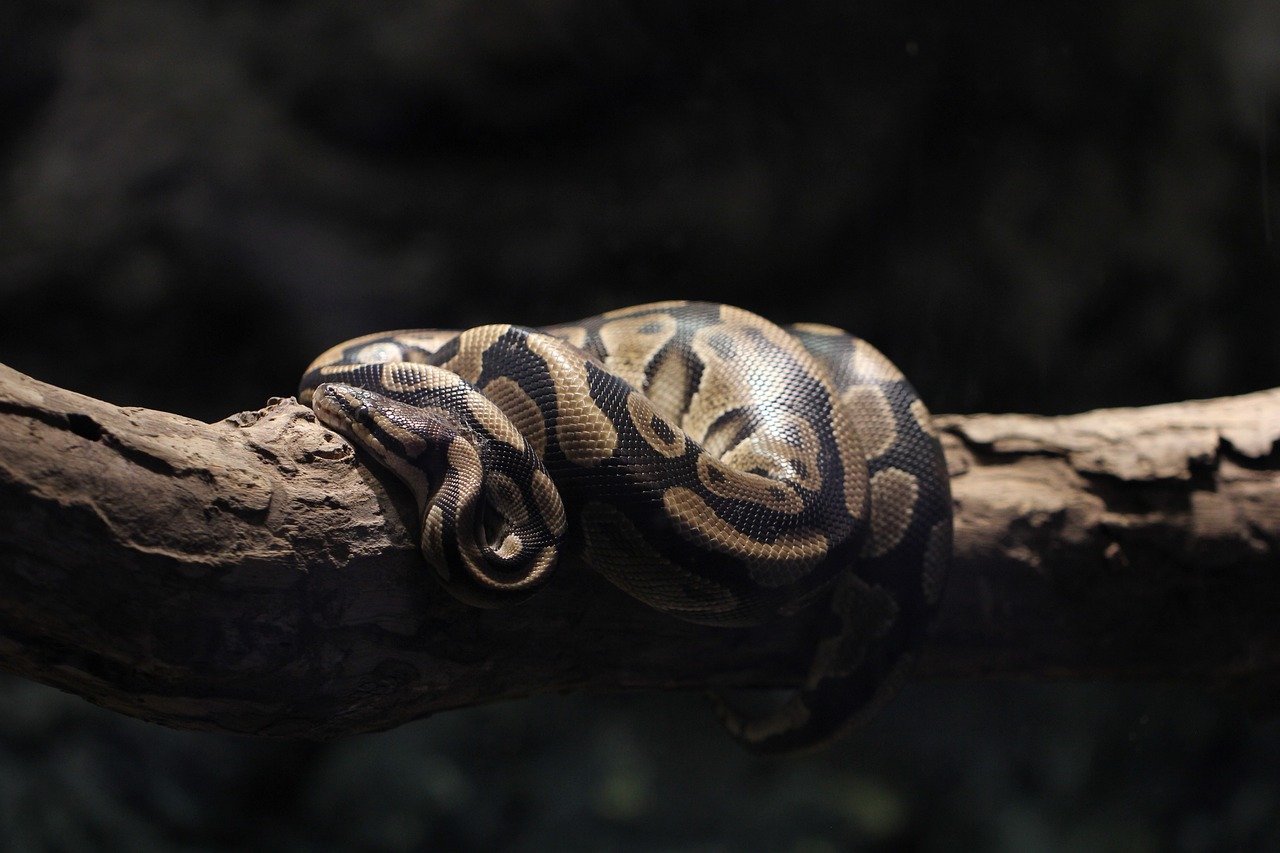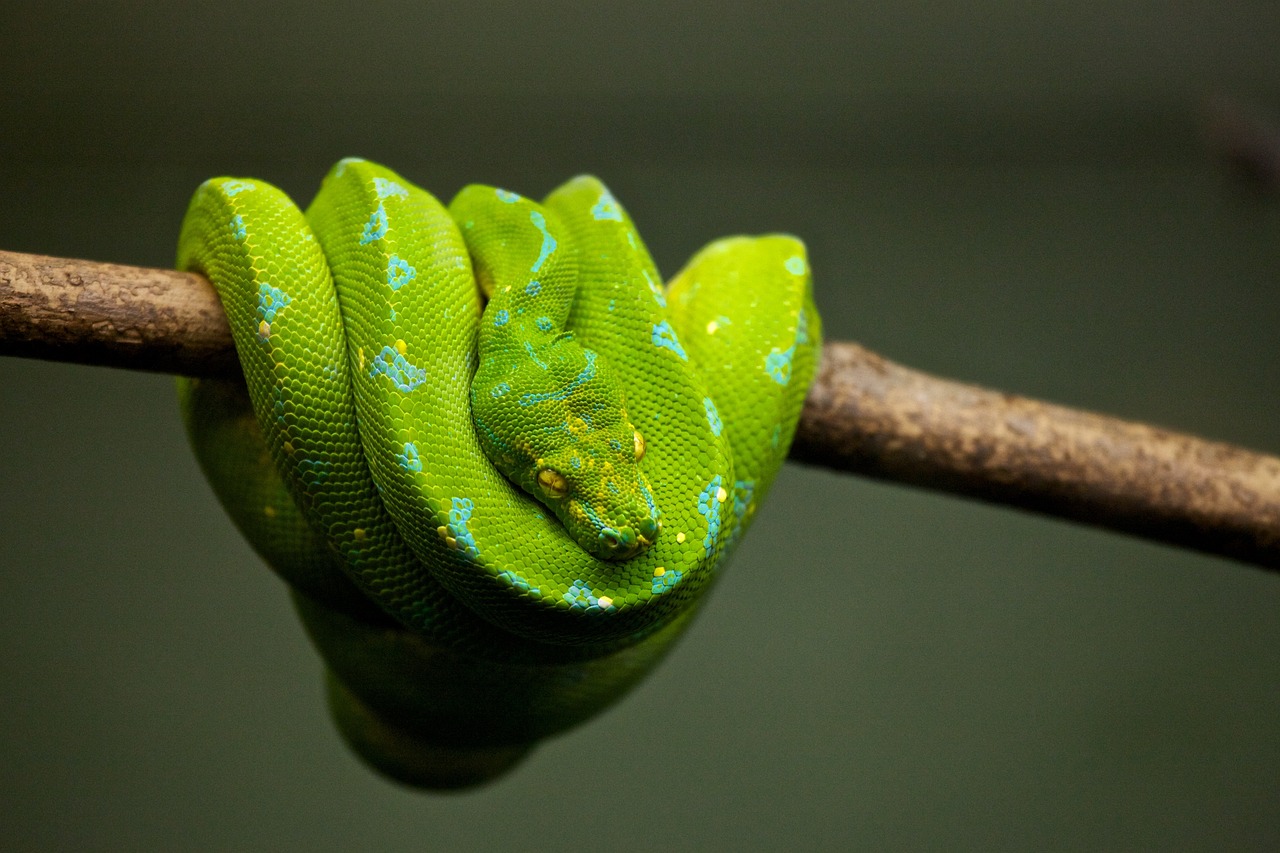About
#Reptile
The python represents a fascinating group of non-venomous snakes belonging to the family Pythonidae, distinguished by their significant size, muscular build, and constricting hunting method. Comprising over 40 species, pythons are primarily found across the tropical regions of Africa, Asia, and Australia, with each species adapted to diverse habitats ranging from rainforests and grasslands to swamps and arid deserts.
In the Animal Kingdom, pythons are part of the class Reptilia and order Squamata, which encompasses all snakes and lizards. They are placed within the suborder Serpentes, sharing this classification with all other serpentine reptiles. Pythons are among the largest snakes in the world, with some species, like the Reticulated Python (Python reticulatus) and the African Rock Python (Python sebae), renowned for reaching impressive lengths.
These snakes are known for their distinctive method of predation – constriction. Unlike venomous snakes, pythons subdue their prey by coiling around it and tightening their grip, ultimately causing suffocation. Pythons are also notable for their reproductive strategy; they are oviparous, laying eggs which the females often incubate through a process known as brooding. This involves the female coiling around the eggs and generating heat through muscle contractions, ensuring the development of the offspring.
Pythons hold a significant place in various cultures, often surrounded by myths and respect, and are popular in the exotic pet trade. Their ecological roles as both predators and prey contribute to the biodiversity and balance of their respective environments.
Conservation Concerns
Several species of pythons face conservation threats, primarily due to habitat loss, poaching for the exotic pet trade, and human-wildlife conflict. Habitat destruction and fragmentation disrupt python populations and reduce their prey availability. Illegal trade in python skins, meat, and live specimens contributes to population declines.
In some regions, pythons are hunted for their skins, which are highly valued in the fashion industry. Additionally, pythons are often captured from the wild for the pet trade, leading to population declines and ecological disruptions.
Several python species are listed on the IUCN Red List with varying conservation statuses. For example, the Indian python (Python molurus) is listed as “Vulnerable” due to habitat loss and exploitation for trade. Conservation efforts include habitat protection, law enforcement against poaching and illegal trade, and public education to promote coexistence with pythons and other wildlife
Threatened:
Extinct
Critically Endangered
Endangered
Vulnerable
Near Threatened
Least Concern






























































